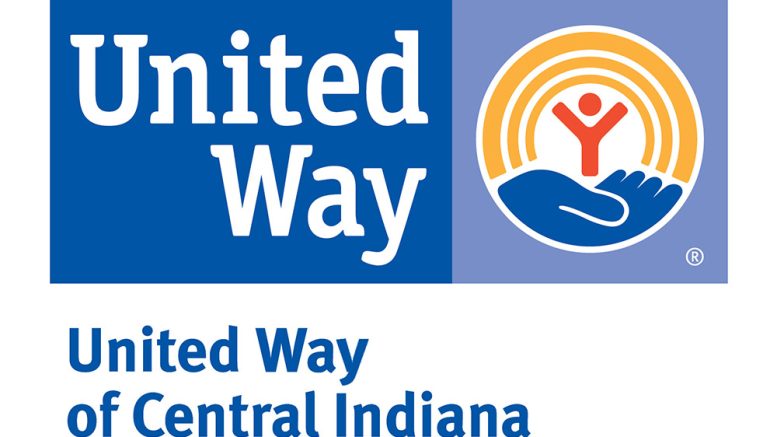For United Way of Central Indiana and its network of community organizations, impact is routinely measured by meals served, individuals housed, literacy improved, financial coaching provided and families supported. While these outcomes define United Way’s effect on the community, a new study published today recognizes a secondary effect: United Way’s grants and partnerships with hundreds of nonprofits create a significant boost to the region’s economy, collectively contributing more than $1.5 billon to the region’s gross domestic product (GDP) over the last two and a half years.
Prepared by Kelley School of Business’s Indiana Business Research Center (IBRC), the “United Way of Central Indiana’s Economic Impact” report analyzes the economic impact of 1,775 grants to 387 organizations totaling $135 million over a three-year period. The report identifies the impact on the region’s employment, compensation, and GDP from 2020 to 2023.
Key findings include:
- $135 million in United Way investments to organizations supported 800 jobs per year in Central Indiana.
- The 800 additional jobs per year are worth $36 million in annual employee compensation.
- The full impact of United Way’s grants to nonprofit organizations contributed an average of $45.1 million per year to the region’s GDP.
Additionally, the IBRC’s report summarizes the total employment impact of 320 tax-exempt nonprofit organizations that received United Way funding.
Key findings include:
- The 320 nonprofits employed 17,270 workers.
- With the “ripple effect” of those jobs, another 5,780 jobs were generated in the community.
- The combined effect of these 320 nonprofits contributed more than $1.52 billion to Central Indiana’s GDP.

Payne
“United Way and our partners understand the significant impact investments have on people’s lives,” United Way President and CEO Fred Payne said. “Now, the results of this new study demonstrate the impact on our local economy.”
According to the IBRC, the purpose of this study was to provide a comprehensive and accurate estimate of the economic activity generated by nonprofits receiving funding from United Way. The IBRC used detailed grant data provided by United Way and publicly available IRS 990 data on nonprofit organizations to conduct their research.
“Investments matter, and the magnitude of the investments that the United Way makes each year, and the impact those have to help grow the economy of our region, made this an exciting study to pursue,” IBRC Director Carol Rogers said. Matt Kinghorn, colleague and author, added that “every dollar invested is getting multiplied across the region.”
Payne said that the report highlighted what he had suspected when joining United Way in 2022.
“There are many dimensions of United Way’s impact,” Payne said, “and now we have a more complete, quantitative picture of our sector’s value: We respond to crises, serve people in need, advocate at every government level, create jobs and help fuel the economy of our entire region.”
The report is available on United Way’s website.

